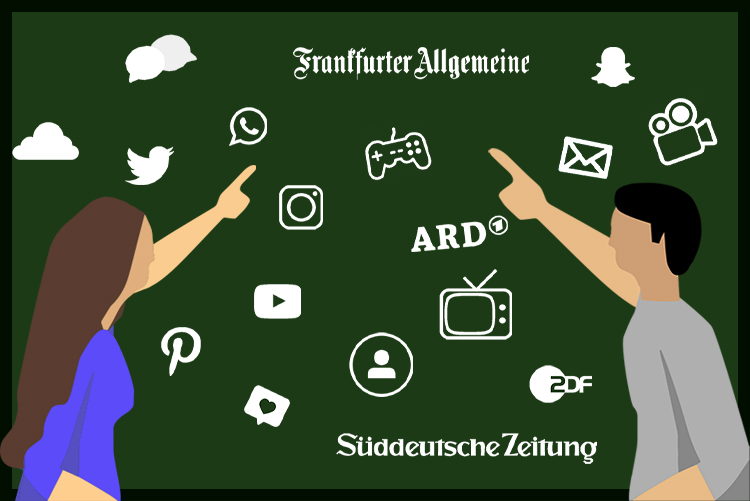Berger, P. (2020). Teachers’ mediation practice: Opportunities and risks for youth media behavior. [Prácticas de mediación docente: Oportunidades y riesgos en el comportamiento mediático de jóvenes]. Comunicar, 64, 47-56. https://doi.org/10.3916/C64-2020-05
Berger, P., & Wolling, J. (2020). Der Digitalpakt als Chance? Was in den Schulen geschehen muss, damit aus Hardware Medienkompetenz entsteht! In A. Jantowski (Ed.), Schulische Bildung im 21. Jahrhundert unter den Bedingungen von Digitalität – Entwicklungsperspektiven und nächste Schritte (pp. 23–40). Thüringer Institut für Lehrerfortbildung, Lehrplanentwicklung und Medien (Thillm).
Berger, P., & Wolling, J. (2019). They need more than technology-equipped schools: Teachers’ practice offostering students’ digital protective skills. Media and Communication, 7(2), 137-147. doi.org10.17645/mac.v7i2.1902
Wolling, J., & Berger, P. (2018). Die Vermittlung von Medienkompetenz in allgemeinbildenden Schulen: Zentrale Ergebnisse eines Evaluationsprojekts. Ilmenau: Universitätsverlag. https://doi.org/10.22032/dbt.34913




